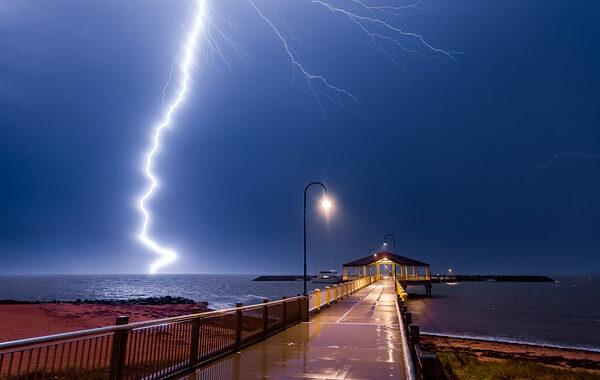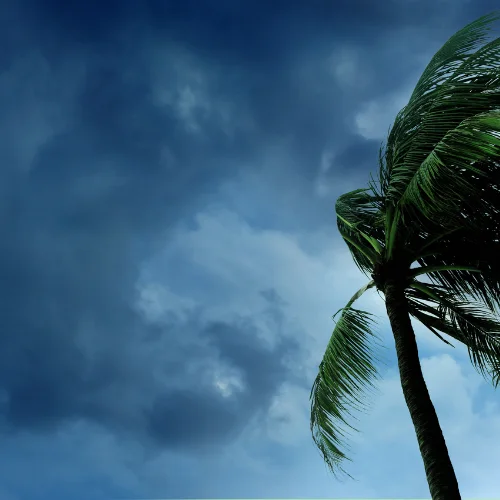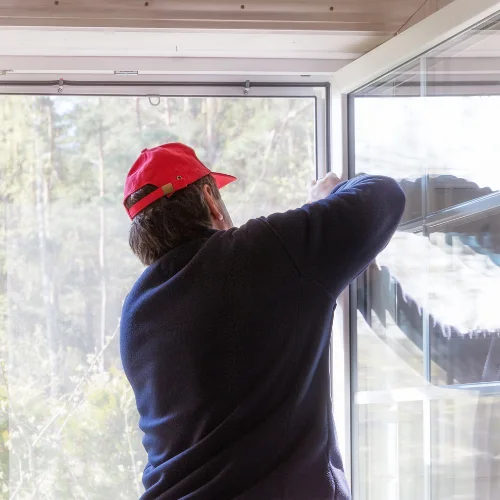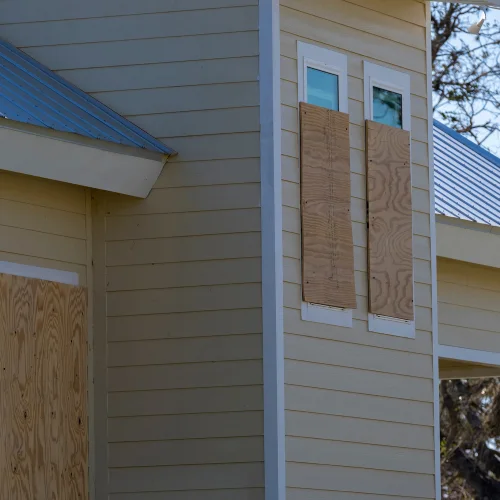The Benefits of Retiring in Queensland
Interstate migration continues within Australia with the majority of those moving to Queensland. Out of that figure, just over 10 percent of the newcomers to the Sunshine State are 65 years of age or older. This means that Queensland is fast becoming a retirement destination for many Australian residents. But what is attracting them to the area? Let’s take a closer look at some of the benefits of retiring in Queensland to see if there is a clear answer.

Healthcare Services
The word “robust” is often used to describe the healthcare system in Queensland. The state is home to several public and private hospitals. There are also many specialist facilities and other healthcare services to choose from. As can be expected, the quality of services is greater in the major cities but retirees living anywhere in Queensland should find easy access to a wide spectrum of health services, and all of these services are constantly improving and evolving through regular investments made by the state and federal governments.
Affordability
Although property pricing is climbing, Queensland continues to be affordable compared to other major centres in different parts of Australia. What this means is that retirees looking at downsizing
into a smaller, more affordable home will have many options available to them. This will also provide them with the opportunity to maximize their retirement savings. Queensland also has a lower cost of living compared to other states with more affordable utilities, and overall living expenses (groceries, fuel, entertainment) which attracts many retirees to the region.

Transportation
Getting around in and around Queensland is quite easy. That is because there is a lot of infrastructure in place including a complete network of roads and highways. There are several different transportation modes available ranging from taxis and buses to trains, a subway system, and even several regional airports. All of them work together to connect people to where they need to go. The systems that exist in Queensland are not complicated to follow and are quite extensive.
Climate
Probably one of the most attractive features of Queensland that draws tourists and retirees alike is the climate.Most parts of the state receive no less than 300 days of sunshine per year. This means that outdoor activities can be enjoyed throughout the calendar year. The climate in Queensland is
categorized as subtropic and tropical which translates to mean winter is warm and summer is hot. For retirees trying to get away from cooler temperatures and experience a milder, warmer climate, they don’t call it the Sunshine State for nothing.

Lifestyle
If lifestyle is what you are after retiring in Queensland, you won’t be disappointed. If you are seeking tranquility, Queensland has it. If you are after adventure, you’ll find that in Queensland. If you want leisure, Queensland also has that. Your choices are many ranging from beaches, wilderness, and urban settings. There’s golf, fishing, boating, national parks and reserves, hiking, bird watching, and anything else you can imagine for spending (and enjoying) time in relaxed atmospheres that surround you in Queensland.
Social
If your plan to retire in Queensland includes increasing your social network, then you have come to the right place! Locals are well-known internationally as being some of the friendliest people on the
planet. Plus, the Sunshine State has a reputation for being the location of a vibrant social scene. There are countless volunteer opportunities or if all you want is to participate in activities and meet new people, there are many clubs, groups, and organizations in operation across the state. Several of these groups are specific to seniors.
Conclusion
So, what appears to be attracting retirees to Queensland? Well, there is not one single answer to that as there are many things that are part of the state that make it a desirable destination for all. However, if your intention revolves around retirement, you will find Queensland to your liking. A lot is going on in the Sunshine State that retirees will appreciate. From the affordability of real estate and reasonable cost of living to a wonderful lifestyle, there isn’t much more you need to make the move to Queensland. Add a solid healthcare system, extensive transportation networks, the climate, and social opportunities, it’s no wonder Queensland is such a magnet.





